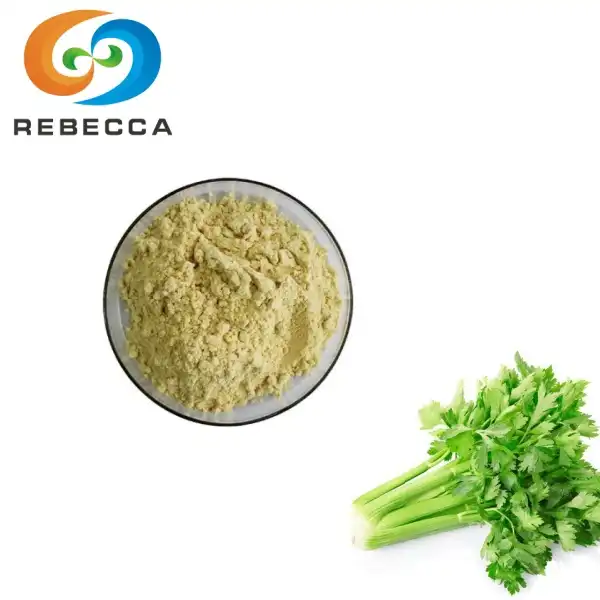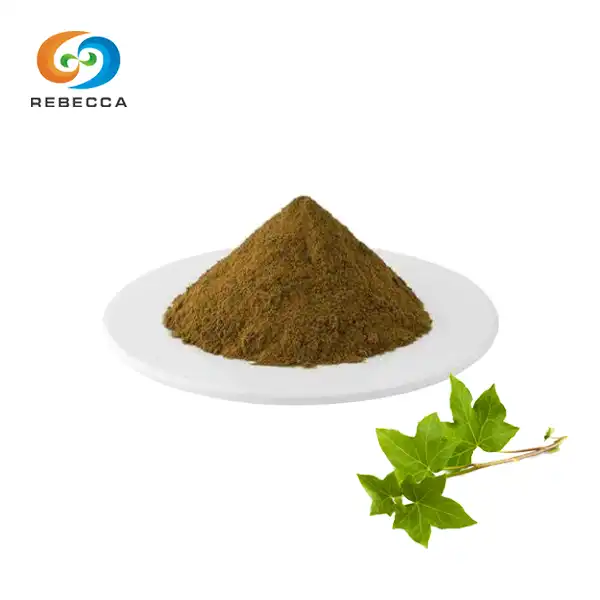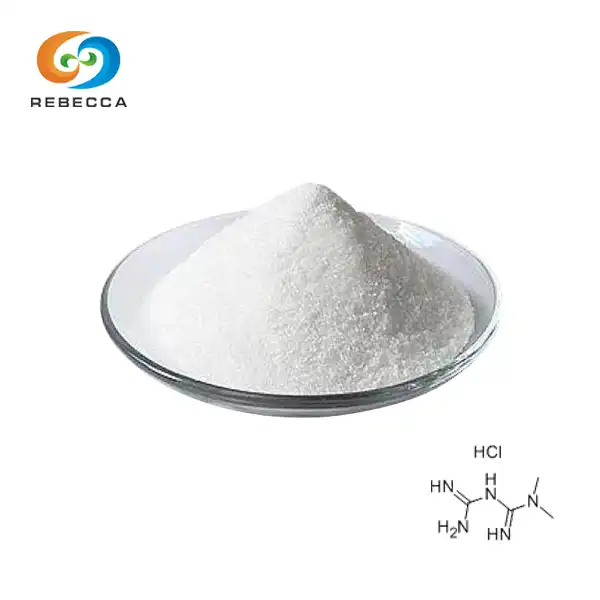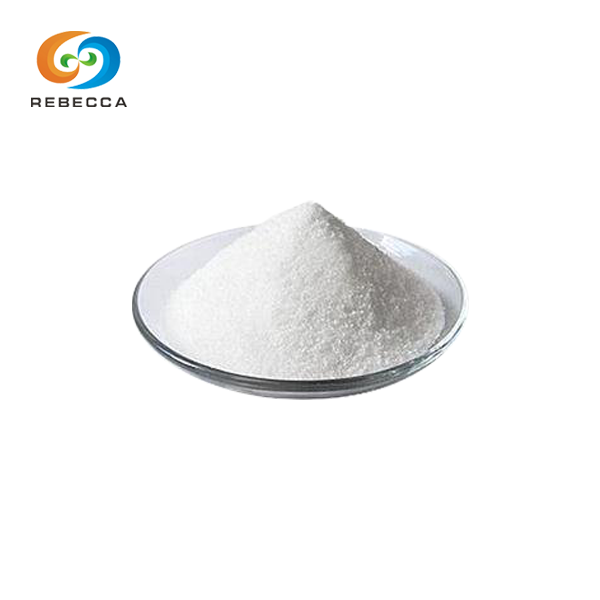What is the difference between creatine monohydrate and creatine hcl?
Creatine supplements have become increasingly popular among athletes and fitness enthusiasts seeking to enhance their performance and muscle growth. Two widely used forms of creatine are creatine monohydrate and creatine hydrochloride (HCl). While both offer similar benefits, they have distinct characteristics that set them apart. In this article, we'll explore the key differences between these two creatine supplements to help you make an informed decision about which one might be right for you.
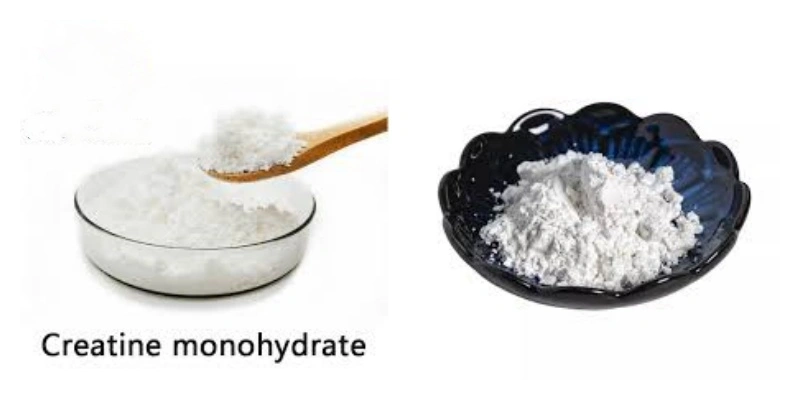
Chemical Structure And Composition
The primary difference between creatine monohydrate and creatine HCl lies in their chemical structure and composition. Creatine monohydrate is the most common and extensively studied form of creatine. It consists of a creatine molecule bound to a single water molecule. This form is highly stable and contains approximately 88% pure creatine by weight.
On the other hand, creatine HCl is a relatively newer form of creatine that has gained popularity in recent years. It is created by binding creatine to hydrochloric acid, resulting in a more concentrated form of the supplement. Creatine HCl contains about 78% pure creatine by weight, which is slightly less than creatine monohydrate.
The addition of the hydrochloride group to creatine HCl alters its chemical properties, potentially affecting its solubility and absorption in the body. This structural difference is the basis for some of the claimed advantages of creatine HCl over its monohydrate counterpart.
Solubility and Absorption
One of the most significant differences between creatine monohydrate and creatine HCl is their solubility in water. Creatine monohydrate has limited solubility, often requiring a larger volume of water to dissolve completely. This can sometimes lead to a gritty texture when mixed with liquids, which some users find unpleasant.
In contrast, creatine HCl boasts superior solubility. It dissolves more readily in water, requiring less liquid to create a smooth solution. This enhanced solubility is due to the hydrochloride group, which makes the molecule more hydrophilic (water-loving). As a result, creatine HCl users often report a more pleasant drinking experience and less stomach discomfort compared to creatine monohydrate.
The improved solubility of creatine HCl may also contribute to better absorption in the gastrointestinal tract. Some proponents argue that this increased absorption allows for smaller dosages while maintaining efficacy. However, it's important to note that while creatine HCl may be absorbed more quickly, the total amount of creatine that reaches the muscles is likely similar to that of creatine monohydrate when taken at recommended doses.
Speed of Action
The speed at which creatine supplements take effect is another area where creatine monohydrate and creatine HCl may differ. Creatine monohydrate typically requires a loading phase of 5-7 days, during which users consume higher doses (usually 20-25 grams per day) to saturate muscle creatine stores quickly. After this loading phase, a maintenance dose of 3-5 grams per day is generally recommended.
Creatine HCl, due to its potentially enhanced absorption, is often marketed as not requiring a loading phase. Some users report feeling the effects of creatine HCl more quickly compared to creatine monohydrate. This could be attributed to the faster dissolution and absorption of creatine HCl in the body.
However, it's crucial to understand that the ultimate goal of creatine supplementation is to increase muscle creatine stores, which takes time regardless of the form used. While creatine HCl may be absorbed more rapidly, the long-term benefits in terms of muscle creatine saturation are likely comparable to those of creatine monohydrate.
When considering the speed of action, it's also worth noting that individual responses to creatine supplements can vary. Factors such as muscle fiber type, diet, training intensity, and genetics can all influence how quickly and effectively one responds to creatine supplementation, regardless of the form used.
Dosage Considerations
The dosage recommendations for creatine monohydrate and creatine HCl differ due to their varying concentrations and absorption rates. For creatine monohydrate, the standard protocol involves a loading phase of 20-25 grams per day for 5-7 days, followed by a maintenance dose of 3-5 grams daily.
Creatine HCl, on the other hand, is often recommended at lower doses due to its purported higher absorption rate. Typical dosage recommendations for creatine HCl range from 750 mg to 2 grams per day, without the need for a loading phase. This lower dosage requirement is one of the selling points of creatine HCl, as it may be more convenient for some users and potentially reduce the risk of gastrointestinal discomfort associated with higher doses of creatine monohydrate.
However, it's important to note that the optimal dosage can vary depending on factors such as body weight, muscle mass, and activity level. Consulting with a healthcare professional or a certified nutritionist can help determine the most appropriate dosage for your individual needs.
Cost-Effectiveness
When comparing the cost-effectiveness of creatine monohydrate and creatine HCl, several factors come into play. Creatine monohydrate is generally less expensive per gram, making it a more budget-friendly option for many users. Its long-standing presence in the market and widespread production contribute to its lower cost.
Creatine HCl, being a newer and more specialized form of creatine, often comes with a higher price tag. However, proponents argue that the lower dosage requirements of creatine HCl may offset its higher cost per gram. They claim that a smaller amount of creatine HCl can produce similar results to larger doses of creatine monohydrate, potentially making it more cost-effective in the long run.
When evaluating cost-effectiveness, it's essential to consider not only the price per gram but also factors such as dosage requirements, absorption rates, and individual response to the supplement. What works best for one person may not be the most cost-effective solution for another.
Research and Scientific Evidence
One of the most significant advantages of creatine monohydrate is the extensive body of research supporting its efficacy and safety. Countless studies have demonstrated its benefits for muscle growth, strength gains, and exercise performance. This wealth of scientific evidence makes creatine monohydrate the gold standard in creatine supplementation.
Creatine HCl, being a relatively newer form of creatine, has less research behind it. While some studies have shown promising results regarding its solubility and potential for improved absorption, the long-term effects and benefits compared to creatine monohydrate are not as well-established.
It's important to note that while creatine HCl may have some theoretical advantages, the practical significance of these advantages in terms of real-world performance and muscle growth has yet to be conclusively demonstrated in large-scale, long-term studies.
Potential Side Effects
Both creatine monohydrate and creatine HCl are generally considered safe for healthy individuals when used as directed. However, some users report experiencing side effects, particularly with creatine monohydrate. These may include:
- Gastrointestinal discomfort
- Bloating
- Water retention
- Cramping
Proponents of creatine HCl claim that its improved solubility and potentially better absorption may reduce the likelihood of these side effects. Some users report experiencing fewer gastrointestinal issues with creatine HCl compared to creatine monohydrate. However, it's important to note that individual experiences can vary, and not everyone will experience side effects with either form of creatine.
Contact Information
Both creatine monohydrate and creatine HCl offer potential benefits for individuals looking to enhance their athletic performance and muscle growth. Creatine monohydrate remains the most widely studied and proven form of creatine, with a long track record of safety and efficacy. Its affordability and extensive research backing make it an excellent choice for most users.
Creatine HCl, while promising in terms of solubility and potential absorption benefits, still requires more research to fully establish its long-term efficacy compared to creatine monohydrate. Its higher cost may be justified for some users who experience discomfort with creatine monohydrate or prefer a lower-dose option.
Ultimately, the choice between creatine monohydrate and creatine HCl comes down to individual preferences, goals, and how your body responds to each form. It may be worth experimenting with both types to determine which works best for you. As always, it's recommended to consult with a healthcare professional or a certified nutritionist before starting any new supplement regimen.
Remember, regardless of the form of creatine you choose, consistent use, proper dosing, and a well-balanced diet combined with regular exercise are key to maximizing the benefits of creatine supplementation.
Ready to experience the benefits of high-quality creatine supplements? Contact us at information@sxrebecca.com to learn more about our premium creatine products and how they can support your fitness goals. Our team of experts is standing by to answer your questions and help you choose the right creatine supplement for your needs.
References
- Kreider, R.B., et al. (2017). International Society of Sports Nutrition position stand: safety and efficacy of creatine supplementation in exercise, sport, and medicine. Journal of the International Society of Sports Nutrition.
- Jäger, R., et al. (2011). Analysis of the efficacy, safety, and regulatory status of novel forms of creatine. Amino Acids.
- Gufford, B.T., et al. (2010). Physicochemical characterization of creatine N-methylguanidinium salts. Journal of Dietary Supplements.
- Pline, K.A., & Smith, C.L. (2005). The effect of creatine intake on renal function. Annals of Pharmacotherapy.
- Cooper, R., et al. (2012). Creatine supplementation with specific view to exercise/sports performance: an update. Journal of the International Society of Sports Nutrition.
- Antonio, J., & Ciccone, V. (2013). The effects of pre versus post workout supplementation of creatine monohydrate on body composition and strength. Journal of the International Society of Sports Nutrition.

